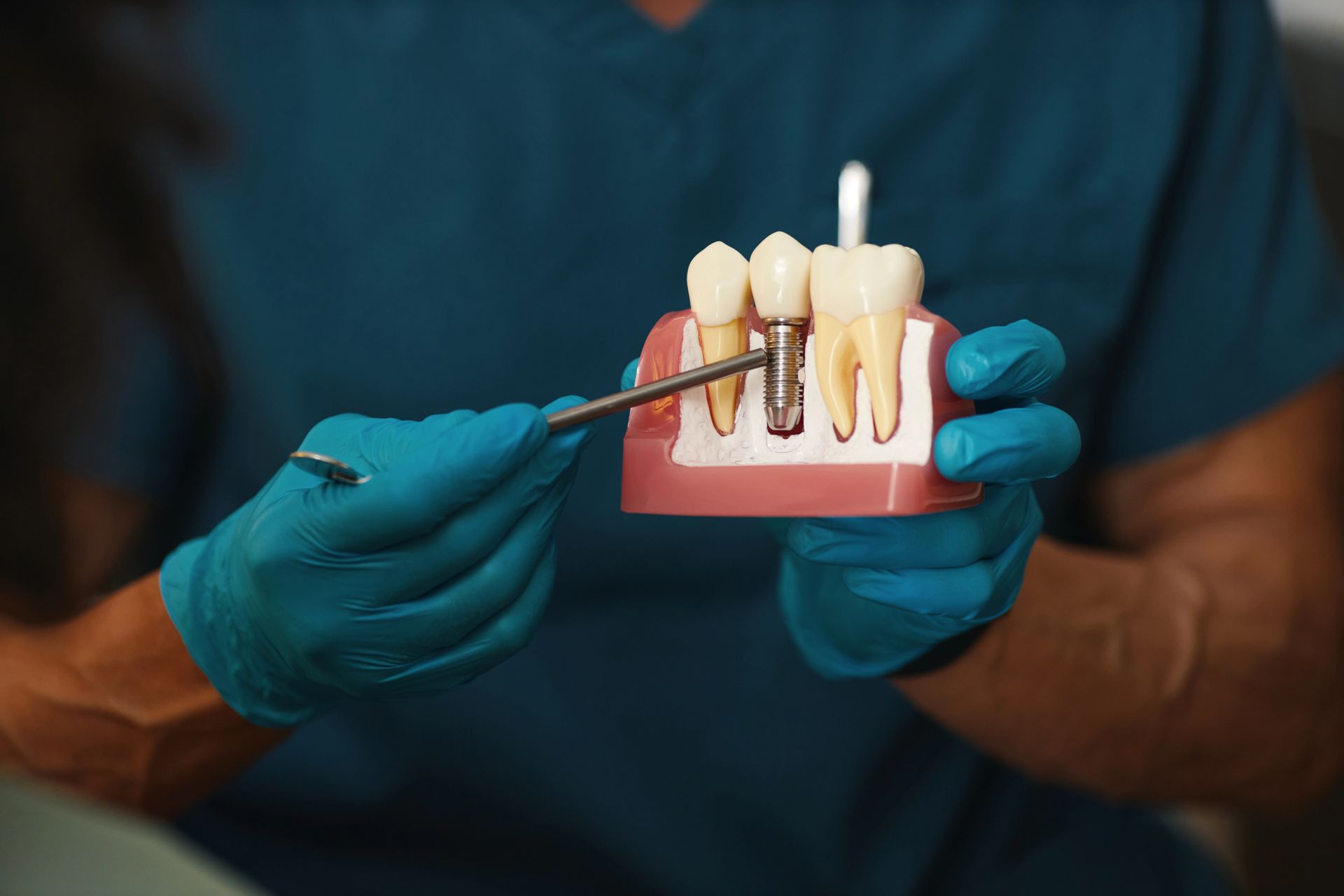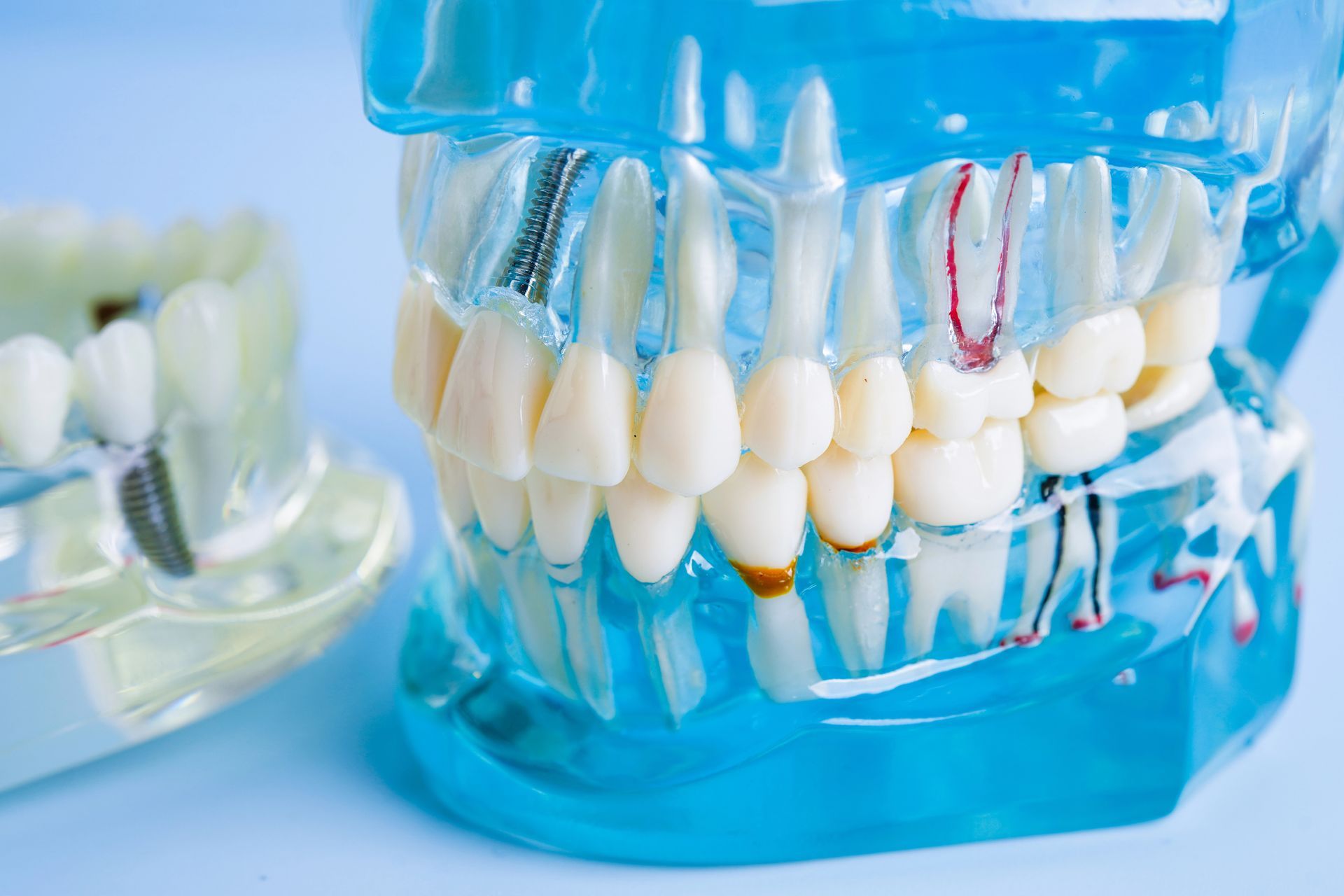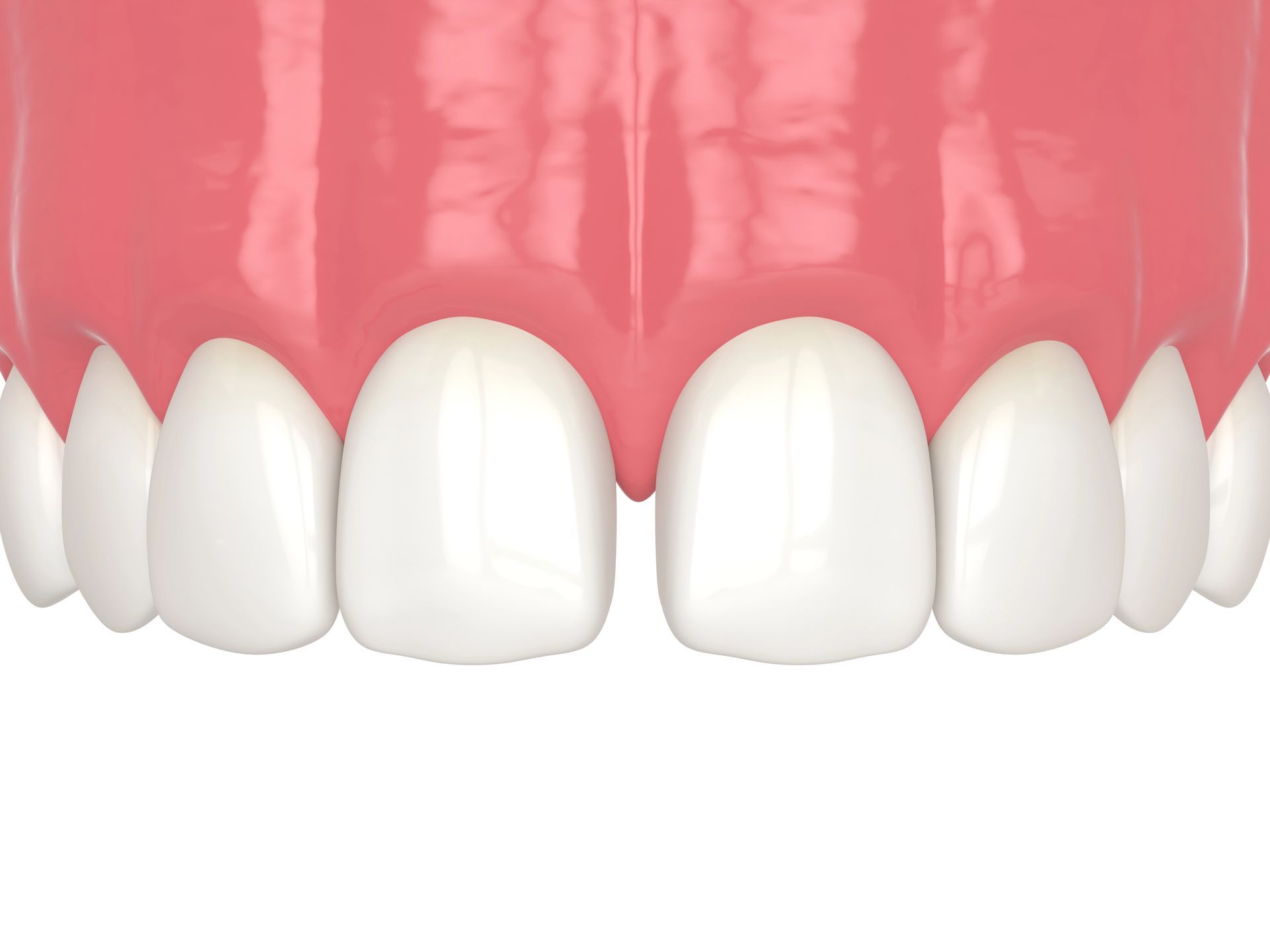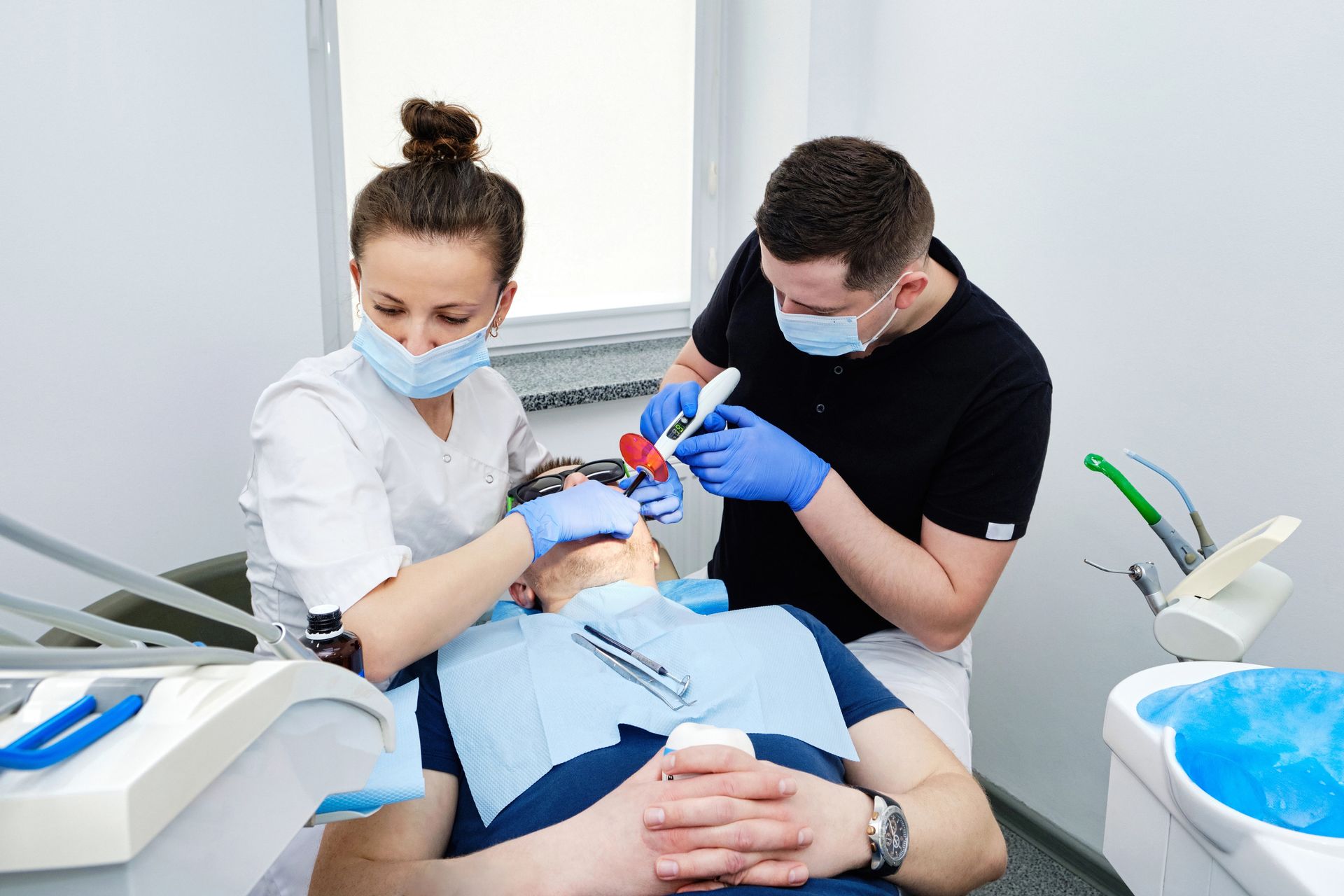Are you curious about how inlay teeth can restore your smile with precision and durability? At Design Dentistry Columbia, we expertly guide you through the restoration process, ensuring a seamless blend of function and aesthetics for your dental health.
Inlay Restoration: An Overview
Inlay restoration is a conservative dental procedure designed to repair a tooth that has suffered damage due to decay or injury, but where the damage is not extensive enough to warrant a full crown. Unlike fillings, which are molded into place during your dental visit, inlays are pre-fabricated and then bonded to the tooth. They are typically made from materials like porcelain, composite resin, or gold, each offering durability and a close match to the natural appearance of your teeth. Inlays are a preferred choice for restoring the chewing surface between the cusps of a tooth, providing a long-lasting solution that strengthens the tooth's structure and restores its original contour.
While inlays focus on the indented top surfaces of teeth, there are other types of restorations for different dental needs. For instance, if you're curious about treatments that cover a larger area or the entire biting surface of a tooth, you might consider exploring What Is a Porcelain Onlay? Exploring Its Benefits. Onlays are similar to inlays but extend over one or more cusps of the tooth. They are an ideal option when the damage is too extensive for an inlay but not severe enough to necessitate a full crown. Both inlays and onlays are part of the conservative dentistry approach, aiming to preserve as much of the natural tooth as possible while restoring function and aesthetics.
Types of Inlay Materials Used
When considering inlay teeth restorations, the choice of material is crucial for both the durability and aesthetics of the final result. The most commonly used materials include gold, composite resin, and porcelain. Gold inlays, while not as popular for aesthetic reasons, are known for their strength and longevity. Composite resin inlays are tooth-colored and offer a more natural look, blending seamlessly with the surrounding teeth; however, they may not be as durable as other options. Porcelain inlays are highly favored for their ability to mimic the translucency and color of natural teeth, providing a superior cosmetic result while also being quite durable. Porcelain inlays, in particular, have gained popularity due to their excellent aesthetic qualities and compatibility with the body. They are custom-crafted in a dental lab to fit perfectly into the prepared cavity, ensuring a precise fit and a natural appearance. For those seeking expert care in porcelain restorations, Porcelain Restorations Columbia Specialists are adept at creating and fitting these state-of-the-art dental inlays, ensuring patients leave with a smile that is both healthy and visually appealing.
The Step-by-Step Inlay Procedure
Embarking on the journey of dental restoration with inlay teeth involves a meticulous step-by-step procedure designed to restore your smile's integrity and aesthetics. Initially, your dentist will remove any decay or old filling material from the affected tooth, ensuring a clean foundation. Next, a precise impression of the tooth is taken, often using digital technology for optimal accuracy, which is then sent to a dental lab where your custom inlay is crafted from porcelain, composite resin, or gold. While your permanent inlay is being created, a temporary filling protects the tooth. Upon your return visit, the temporary is removed, and the inlay is securely bonded to the tooth, polished, and adjusted for a seamless fit that blends with your natural teeth, enhancing both function and appearance. This conservative approach preserves more of your natural tooth structure than traditional fillings, making inlays a preferred choice for long-term dental health.
Benefits of Choosing Inlay Restorations
Opting for inlay restorations offers a multitude of advantages for individuals seeking to repair damaged or decayed teeth. Inlays are known for their superior fit and impressive durability, often outlasting traditional fillings due to the high-quality materials used, such as porcelain or composite resin, which closely mimic the natural strength and appearance of tooth enamel. They provide a conservative treatment option that preserves more of your natural tooth structure compared to crowns, and their precise fabrication ensures a seamless integration with your tooth, enhancing both function and aesthetics. Additionally, inlays are less likely to discolor over time and are more resistant to staining, making them an excellent long-term investment for maintaining a healthy, vibrant smile.
Caring for Your Inlay Post-Procedure
After your dentist has skillfully placed your dental inlay, ensuring its longevity and functionality is paramount. Proper care for your inlay is similar to maintaining your natural teeth, with a focus on meticulous oral hygiene. Brushing twice daily with fluoride toothpaste, flossing to remove plaque from areas your brush can't reach, and rinsing with an antiseptic mouthwash will help prevent decay and gum disease around your new restoration. Additionally, it's wise to avoid chewing hard foods or ice that could potentially damage the inlay. Regular dental check-ups are essential for monitoring the condition of your inlay and overall oral health. By following these simple steps, you can help preserve the integrity of your inlay and enjoy a healthy, beautiful smile for years to come.
Conclusion
For expertly crafted porcelain inlays that restore your smile with precision, call Design Dentistry Columbia at 803 667 3919 or read our reviews on Google Maps.










